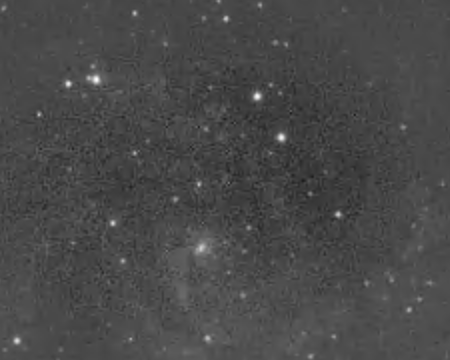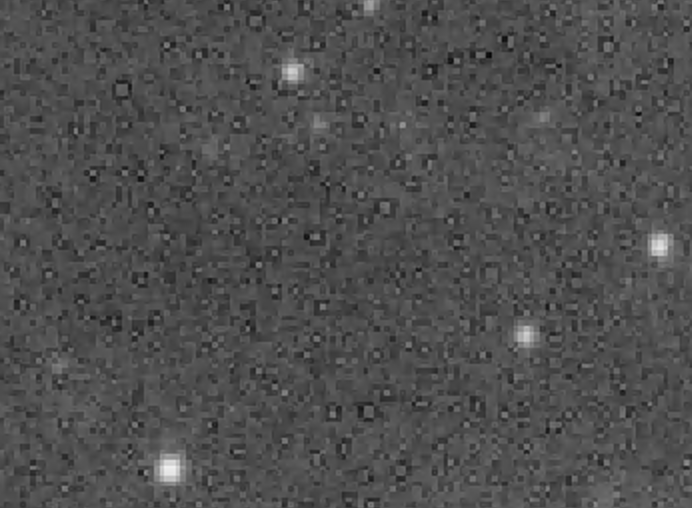Far too many times in the first hour or so in an imaging session I get excellent stars only to find there is a small dark patch in my subframes caused by dew on the sensor. If I zoom in, it is actually not a darker patch after all – instead it is a few isolated pixels whose values are very different from the neighbor pixels.
This got me wondering whether these pixels can be located and processed away using a PixInsight script. Have anyone thought about this or worked on this? Thanks!!
This got me wondering whether these pixels can be located and processed away using a PixInsight script. Have anyone thought about this or worked on this? Thanks!!

